Preview |
PDF (Original Article (Advanced Publication))
- Requires a PDF viewer such as GSview, Xpdf or Adobe Acrobat Reader
37kB |
| Item Type: | Review |
|---|---|
| Title: | The two faces of MyoD: repressor and activator of gene expression during myogenesis |
| Creators Name: | Birchmeier, Carmen |
| Abstract: | MyoD is well known for its ability to reprogram a broad range of cell types into myogenic cells and for its pioneer function in activating the myogenic program during muscle development and regeneration. The basic helix–loop–helix (bHLH) protein achieves this by directly binding to E-boxes in DNA and recruiting proteins like histone acetyltransferases and the SWI/SNF chromatin remodeling complex. Interestingly, Nicoletti and colleagues (doi:10.1101/gad.352708.125) report in this issue of Genes & Development an unexpected finding; namely, that MyoD can also act as a repressor. This repressive activity is E-box-independent, meaning that MyoD can be indirectly recruited to distinct sites in chromatin. Transcription factor motifs enriched at these sites correspond to E2F, NF-Y, and Jun/Fos motifs. The genes that are repressed by this noncanonical MyoD function control nonmyogenic fates and participate in cell cycle regulation as well as proliferation. At such sites, MyoD binding is associated with chromatin compaction and repression of transcription. |
| Keywords: | Chromatin, Gene Expression, MYOD, Animals |
| Source: | Genes & Development |
| ISSN: | 0890-9369 |
| Publisher: | Cold Spring Harbor Laboratory Press |
| Volume: | 39 |
| Number: | 21-22 |
| Page Range: | 1269-1270 |
| Date: | 1 November 2025 |
| Official Publication: | https://doi.org/10.1101/gad.353232.125 |
| PubMed: | View item in PubMed |
Repository Staff Only: item control page

 Tools
Tools Tools
Tools

